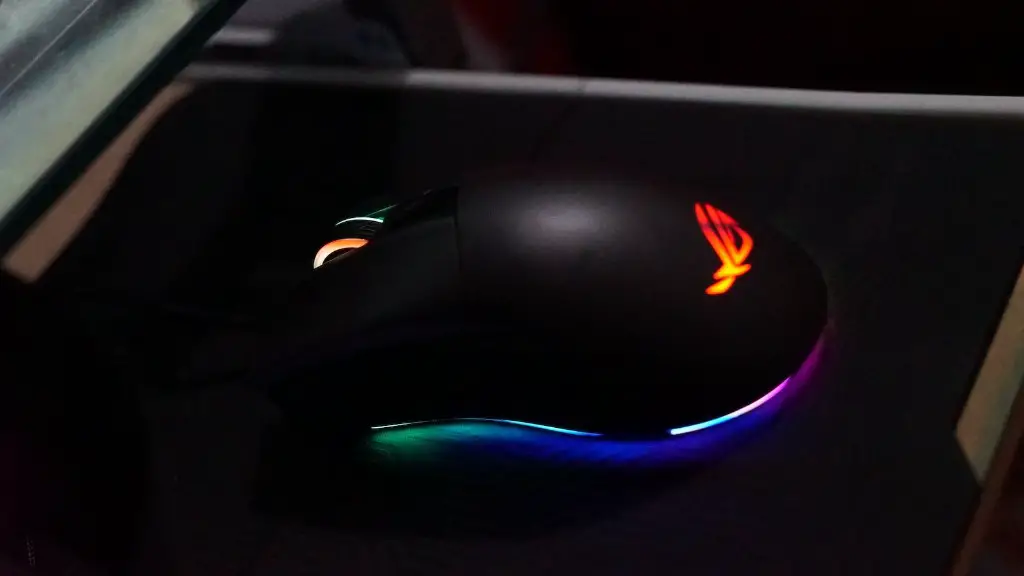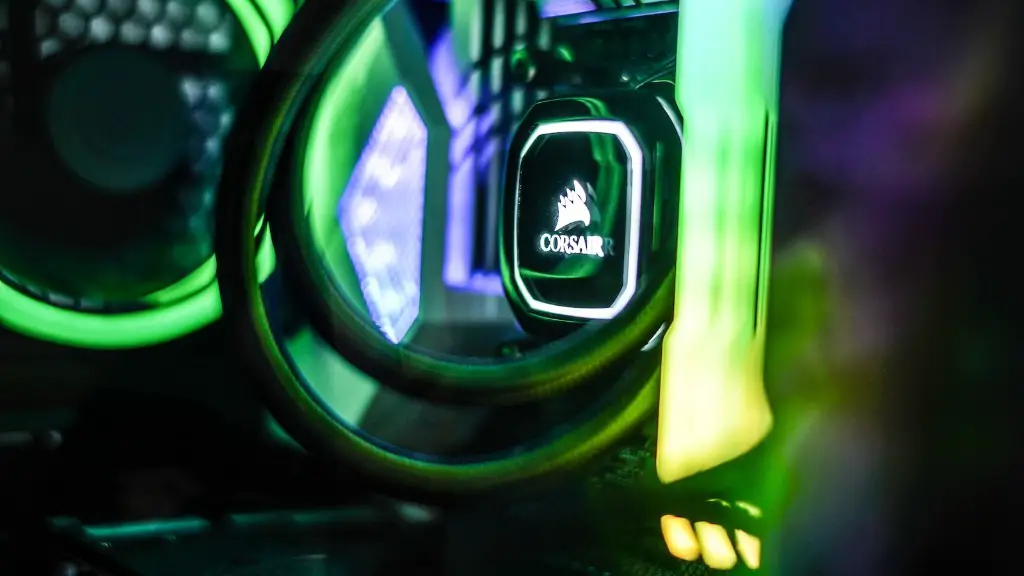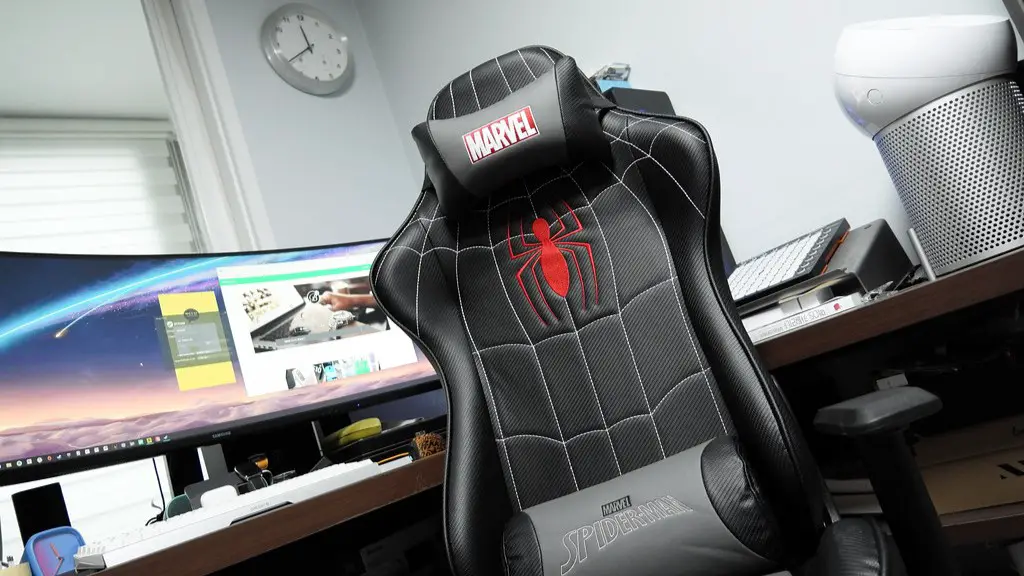When it comes to gaming, response time is a crucial factor in choosing a monitor. In general, the best gaming monitor should have the lowest possible response time. This is particularly important for fast-paced games, which require quick reactions from the player.
First, let’s discuss what response time is, and what it means for a gaming monitor. Response time is measured in milliseconds (ms) and refers to how fast the pixels in a monitor update, or refresh, when responding to a signal. The lower the response time, the faster the monitor can display new images, which is essential when playing fast-paced video games.
When selecting a gaming monitor, the response time should be one of the main features you take into account. Generally speaking, a response time of 1 to 4 milliseconds (ms) is considered good for gaming monitors, although higher response times will still be satisfactory for most games. The higher the response time, the more noticeable any motion blur may be.
In addition to the response time, you should consider the monitor’s refresh rate. Refresh rate is measured in hertz (Hz) and refers to how often the monitor can draw a new image. The higher the refresh rate, the smoother the game experience will be. A gaming monitor with a refresh rate of at least 60 Hz will usually suffice for most gamers.
Another important factor to keep in mind is image lag, which is the difference between when an image is sent to the monitor and when it appears on the screen. The higher the image lag, the more noticeable any delays will be in the game. To reduce image lag, it’s important to make sure the connection between the video card and the monitor is as fast as possible.
Finally, it’s also important to consider the panel type when shopping for a gaming monitor. Different panel types are better suited to different types of games. TN panels are the fastest and most popular choice for gamers, offering fast response times and low input lag. IPS panels offer better color accuracy, but typically have slower response times than TN panels.
Types Of Panels
TN panels, or twisted nematic panels, are the most common type used in gaming monitors. This type of panel usually offers excellent motion handling as well as extremely fast response times of 1-4 milliseconds (ms). TN panels also tend to have low input lag, resulting in a smoother gaming experience.
IPS panels, or in-plane switching panels, are designed for the best color accuracy and viewing angles. IPS panels offer wide viewing angles, but tend to have slower response times than TN panels. As a result, they’re generally not the ideal choice for fast-paced gaming. However, they’re a great option for gamers looking for great color accuracy and viewing angles.
VA panels, or vertical alignment panels, are a good middle ground between TN and IPS panels. They feature higher contrast ratios than TN panels and faster response times than IPS panels. VA panels also offer wide viewing angles and good color accuracy. As a result, they can be a great choice for gamers who want a well-rounded gaming experience.
OLED panels are the most advanced type of panel used in gaming monitors. OLED panels feature faster refresh rates and faster response times than other types of panels, resulting in an incredibly smooth gaming experience. However, they’re also the most expensive type of panel and are typically found on high-end gaming monitors.
Refresh Rates
Refresh rate refers to how often a monitor can draw a new image. Generally speaking, the higher the refresh rate, the smoother the gaming experience. Most modern gaming monitors offer refresh rates of at least 60Hz, but many high-end models offer higher refresh rates of 144Hz and above. Higher refresh rates result in less motion blur and a more fluid gaming experience.
It’s also important to note that the monitor’s refresh rate must match the refresh rate of the graphics card. If the refresh rates don’t match, the monitor may display artifacts or not be able to display frames at all. For that reason, it’s important to make sure your graphics card is capable of outputting the monitor’s refresh rate before making a purchase.
Furthermore, it’s important to note that higher refresh rates require more powerful hardware. Lower-end systems may not be able to take advantage of the higher refresh rates. To get the most out of your monitor and your system, it’s important to choose a refresh rate that your system can comfortably handle.
Finally, it’s important to note that higher refresh rates may increase input lag or cause other issues. To ensure that the monitor is properly calibrated, it’s important to use the settings in the monitor’s on-screen display (OSD). This will help you get the most out of your monitor and reduce any input lag.
Connectivity & Adaptive Sync
Connectivity is another important factor to consider when purchasing a gaming monitor. For the best gaming experience, it’s important to make sure the connection between the graphics card and the monitor is as fast and reliable as possible. This can be done by using either a DisplayPort, HDMI, or DVI cable. It’s also important to ensure that the monitor is compatible with the graphics card, as some monitors may be limited to certain types of connections.
Another feature to look out for is adaptive sync, which is a technology that helps to reduce image tearing and stuttering by synchronizing the refresh rate of the monitor with the frame rate of the graphics card. This technology can be found in NVIDIA’s G-Sync and AMD’s FreeSync monitors. Both technologies are designed to deliver a smoother gaming experience, although FreeSync may be the more affordable option.
Finally, it’s important to keep in mind that some gaming monitors also come with extra features such as built-in speakers and USB ports. While these features may not be essential for gaming, they can provide additional convenience and improve the overall gaming experience.
Resolution
Resolution is a key factor in choosing a gaming monitor. The higher the resolution, the higher the number of pixels on the screen, resulting in a sharper, more detailed image. Generally speaking, a resolution of 1080p (Full HD) is the most common choice for gaming monitors and is usually sufficient for most gamers.
However, if you have the budget, higher resolutions such as 1440p (WQHD) and 4K (UHD) can offer an even sharper and more detailed image. In addition, high-end gaming monitors feature ultra-wide resolutions, which are typically 21:9 aspect ratios rather than 16:9. Ultra-wide monitors provide a wider field of view, allowing gamers to take in more information at once. However, they’re also more expensive.
In addition to resolution, it’s also important to consider the monitor’s aspect ratio. Widescreen monitors are the most common choice, as they offer the best field of view. On the other hand, some gamers prefer the more immersive experience of a 21:9 ultra-wide monitor.
Finally, it’s important to note that higher resolutions require more powerful hardware. Lower-end systems may not be able to take advantage of higher resolutions, and trying to do so may result in frame rate drops. To get the most out of your monitor and your system, it’s important to choose a resolution that your system can comfortably handle.
Conclusion
When shopping for a gaming monitor, there are several factors to consider. Response time, panel type, refresh rate, connectivity, adaptive sync, and resolution are all important features to consider. By understanding these features and taking into account your budget, you should be able to find a monitor that meets your needs and delivers the best gaming experience possible.



